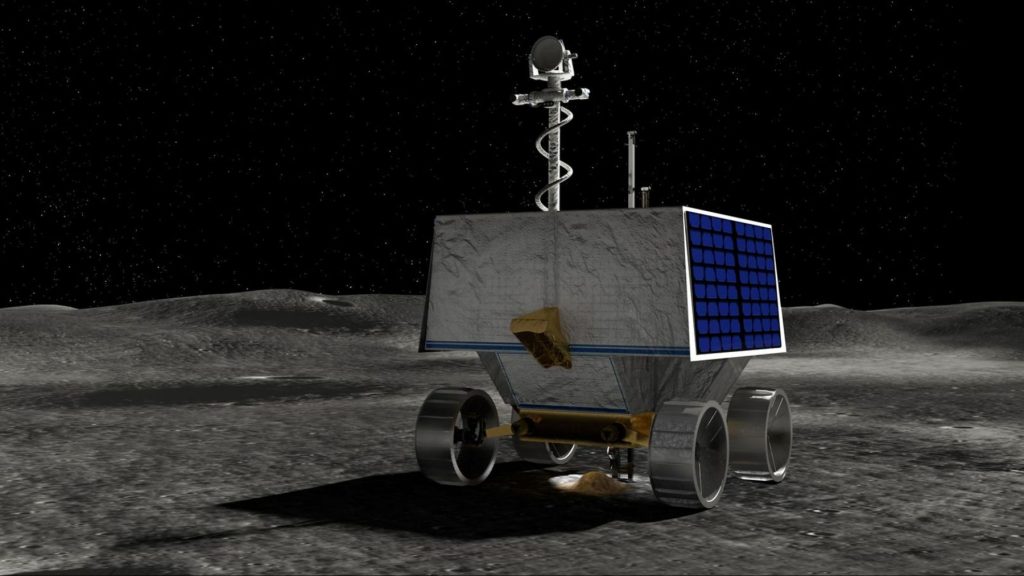 source: NASA/Daniel Rutter
source: NASA/Daniel Rutter
NASA’s VIPER Will Carry Your Name as It Explores Moon Water
NASA’s “Send Your Name with VIPER” campaign is offering the public the chance to send their name to the moon as the rover explores moon water.
- The deadline for name submissions is March 15, 2024.
- The primary goal is to study lunar water and pave the way for future human exploration.
- Social media sharing is encouraged, fostering a sense of global participation in space exploration.
NASA is offering an opportunity for space enthusiasts worldwide to send their names to the Moon through its “Send Your Name with VIPER” campaign.
Through this initiative, you can have your name attached to NASA’s Volatiles Investigating Polar Exploration Rover (VIPER). The deadline for name submissions is on March 15, 2024.
VIPER, the first robotic lunar rover under NASA’s Artemis program, is designed to explore uncharted territories of the moon’s south pole. Its main goal is to study lunar water. NASA’s VIPER mission paves the way for future human exploration, contributing to understanding the lunar environment where the first woman and person of color are planned to land.
The 100-day mission will rely on solar panels and batteries, enduring extreme lunar conditions while collecting crucial data about lunar ice and potential resources.
As part of the “Send Your Name with VIPER” campaign, NASA encourages people worldwide to submit their names through the official website. The agency will attach these names to the rover, allowing participants to be virtually present on this lunar mission.
Nicola Fox, associate administrator at NASA headquarters, expressed the agency’s excitement, stating, “Just think: Our names will ride along as VIPER navigates across the rugged terrain of the lunar South Pole and gathers valuable data that will help us better understand the history of the Moon.”
The process of attaching names to the rover remains unspecified, but similar missions, like the one to Jupiter’s moon Europa, involve stenciling names with electron beams onto small silicon chips. Each line of text is remarkably thin, just 1/1000th the width of a human hair.
This is not a first for NASA, as the agency loves engaging the public in its endeavors. Participants can also create and download virtual souvenir boarding passes as mementos. They are also encouraging social media sharing.
I understand that this seems stupid. But let’s be honest. We are never going there physically, at least not in this lifetime. Can you imagine what this could do for the kids who want to play among the stars? Those things are what we adults live for, aren’t they?
Inside Telecom provides you with an extensive list of content covering all aspects of the tech industry. Keep an eye on our Tech sections to stay informed and up-to-date with our daily articles.